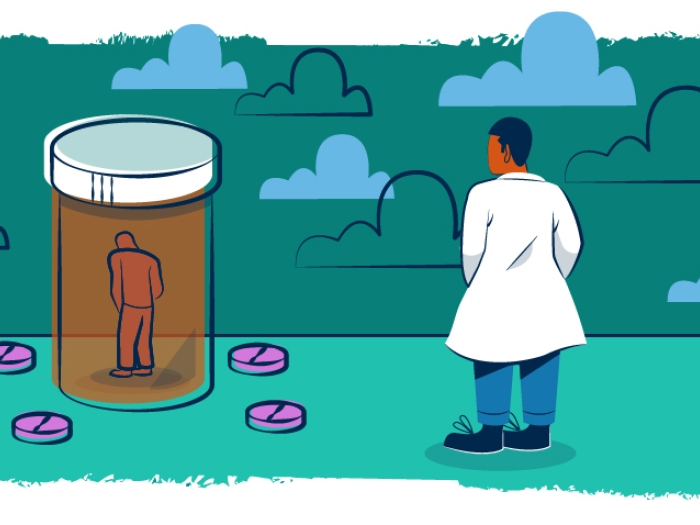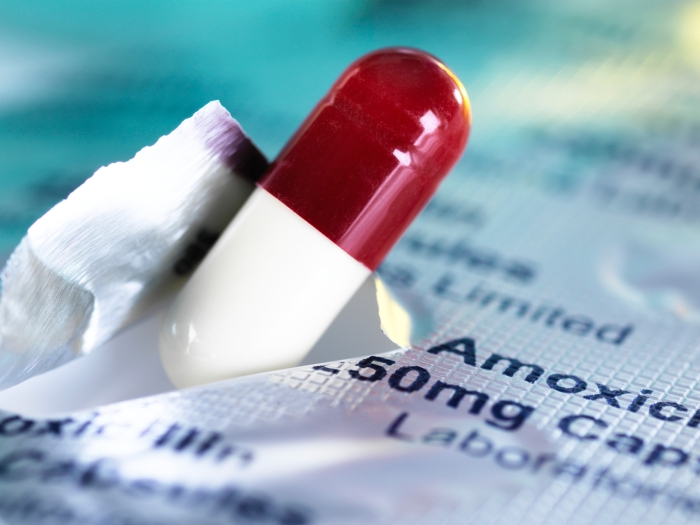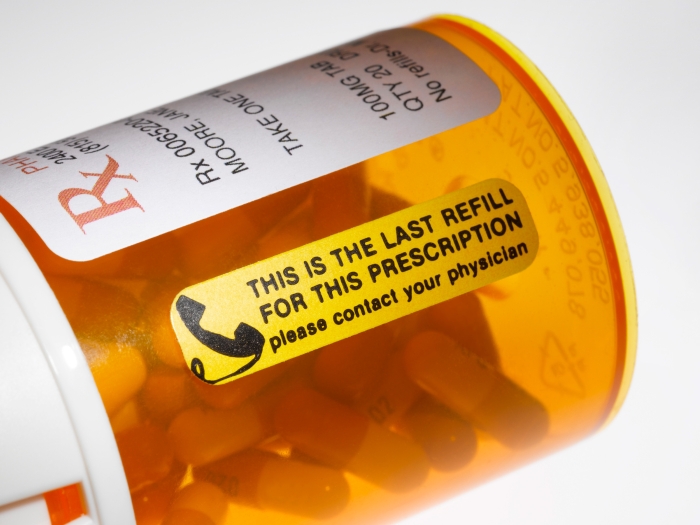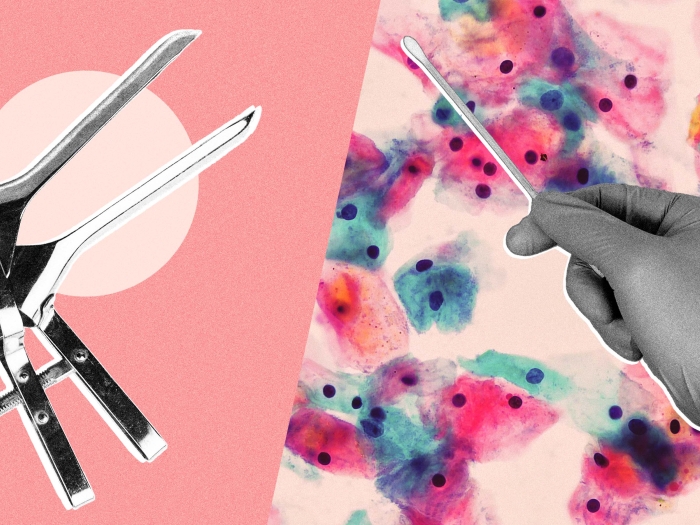Pharmacists and physicians at University of Michigan Health knew they had a slam-dunk collaboration on their hands. Now, the CDC shares their best practices in helping patients control hypertension for other providers to emulate.
10:17 AM
Author |
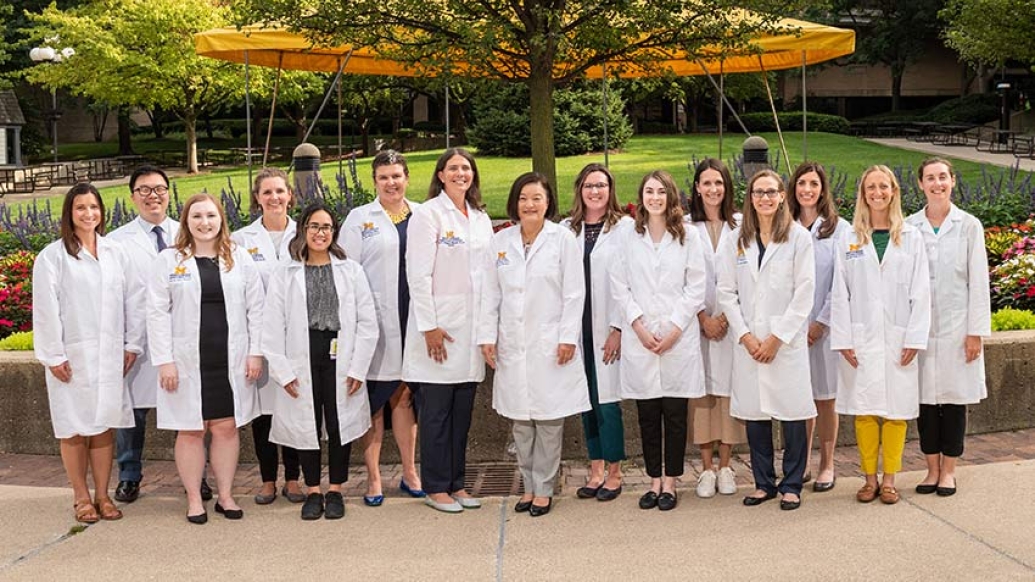
Hae Mi Choe, PharmD, created a care model where many pharmacists thought they'd never go in their careers: direct patient care right in the clinic.
As experts in disease management, these University of Michigan pharmacists are embedded in all primary care and some specialty clinics across Michigan Medicine. People with diabetes, hyperlipidemia, and hypertension, or high blood pressure, can make an appointment with a U-M pharmacist for an in-depth discussion about their condition.
SEE ALSO: Blood Pressure Associated with Racial Differences in Cognitive Decline
For hypertension, patients can also choose to be referred to a participating pharmacist at one of four local Meijer stores instead.
There's a big need for better options like these for patients: According to the Centers for Disease Control and Prevention, only about a quarter of people with high blood pressure have it managed.
"Hypertension is the most common, easily identifiable, and reversible risk factor associated with developing cardiovascular problems such as heart attacks, strokes, and congestive heart failure in the United States and worldwide," said Victor Moles, M.D., a cardiologist at the U-M Health Frankel Cardiovascular Center, who refers some of his patients with hypertension to Choe's team to help decrease their risk of those cardiovascular complications.
Many of the patients enrolled in our program have better blood pressure control and stay in control longer, with fewer primary care visits.Hae Mi Choe, PharmD
And for these patients managing high blood pressure or other conditions like diabetes, careful optimization of medications can have dramatic effects, said Michael Mulholland, M.D., the senior associate dean of clinical affairs for the U-M Medical School and executive director of the U-M Medical Group. "Our Michigan pharmacists are very knowledgeable and are ideally suited to this work," he said.
In fact, the CDC's independent evaluation found patients who received care from the U-M or Meijer partnership pharmacists achieved better blood pressure control than those who did not participate, both within three months of starting the program (66% in control compared to 42% in non-participants) and within six months of starting the program (69% in control compared to 56% in non-participants).
"Many of the patients enrolled in our program have better blood pressure control and stay in control longer, with fewer primary care visits," said Choe, the chief quality and innovations officer at the U-M Medical Group and an associate dean at the U-M College of Pharmacy. "And the fact that pharmacists can help with PCP access while improving clinical outcomes is exciting."
Choe, who joined U-M in 1999 as the first to start incorporating patient care into the role of a pharmacist, has known that pharmacists can improve patient outcomes for years. So when the CDC put out a call for hypertension programs that include pharmacists engaging in clinical care, she jumped at the chance to invite them to visit for an evaluation. It all culminated in a new set of best practices for others put out by the CDC, highlighting Michigan Medicine as the top collaborative program.
Components of the program
At the Brighton Health Center and Brighton Center for Specialty Care, Valerie Lindell, PharmD, a board-certified ambulatory care pharmacist, is one of the pharmacists with collaborative practice agreements with the physicians on-site.
If a primary care patient or a specialty patient in endocrinology, cardiology or nephrology has high blood pressure readings, the physician can refer them to Lindell – or to one of their Meijer pharmacist partners if that location is more convenient.
"It helps to close the loop and ensure follow-up occurs for elevated blood pressures so that it is further addressed and can attempt to improve its control," she said.
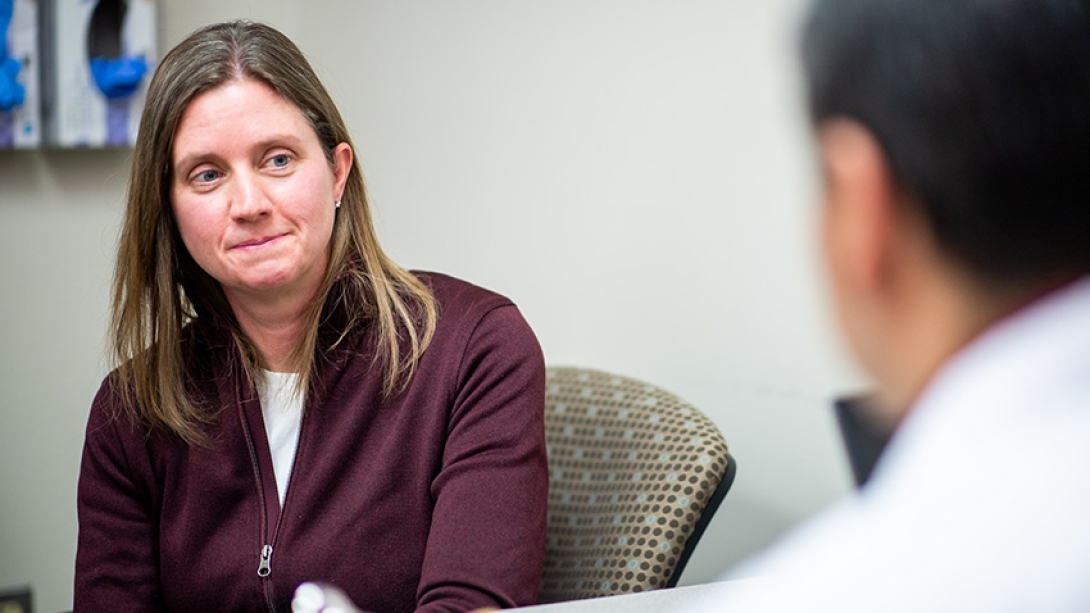
The average visit has several components to help the pharmacist and patient decide on a plan of attack.
What does a clinical pharmacist do in a patient visit to help manage blood pressure?
- Learn about the patient's lifestyle, such as diet, sodium and caffeine intake, activity level, smoking status and stress, and any other factors that they may not realize could be affecting their blood pressure
- Discuss current medications and what the patient has tried in the past for hypertension
- Identify any intolerances or allergies
- Assess whether the patient is able to take their medication as prescribed, including factors like cost of the drug and convenience
- Discuss the patient's true blood pressure goal
- Make sure the patient can accurately take their blood pressure reading at home by validating their home blood pressure cuff in the office
"We empower our patients to self-manage while providing them with the awareness and tools they need to improve their lifestyle and guiding their disease management with appropriate antihypertensive medications," Lindell said.
She sees some patients for a few visits, while others with more comorbidities and medications may need longer follow-up to make sure their blood pressure is controlled and stabilized.
SEE ALSO: Study: Treatable Cause of High Blood Pressure Often Ignored
"Clinical pharmacists are a crucial part of the team effort dedicated to treat patients with hypertension, ensuring patients understand the medications they take and become proficient in the management of their condition," said Moles, also an assistant professor of internal medicine.
Choe added, "the crux of our program is the close, tight follow-up."
And whether the patient sees a Michigan Medicine or a Meijer provider, the visit will be similar and the Meijer pharmacist has access to the patient's electronic health record for record-keeping and communication with the patient's physicians.
"This practice model of embedding pharmacists in clinics and connecting the community through the Meijer partnership is what sets us apart from any other program," Choe said.
The program also received a 2021 Pinnacle Award from the American Pharmacists Association Foundation, "for the success of their hypertension program and its direct effect on patient health and outcomes."

Explore a variety of healthcare news & stories by visiting the Health Lab home page for more articles.

Department of Communication at Michigan Medicine
Want top health & research news weekly? Sign up for Health Lab’s newsletters today!
